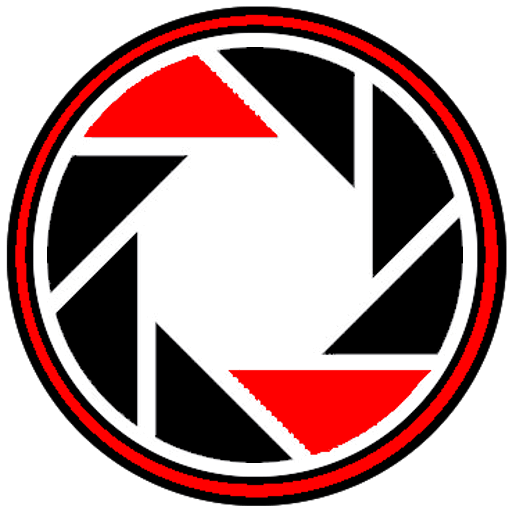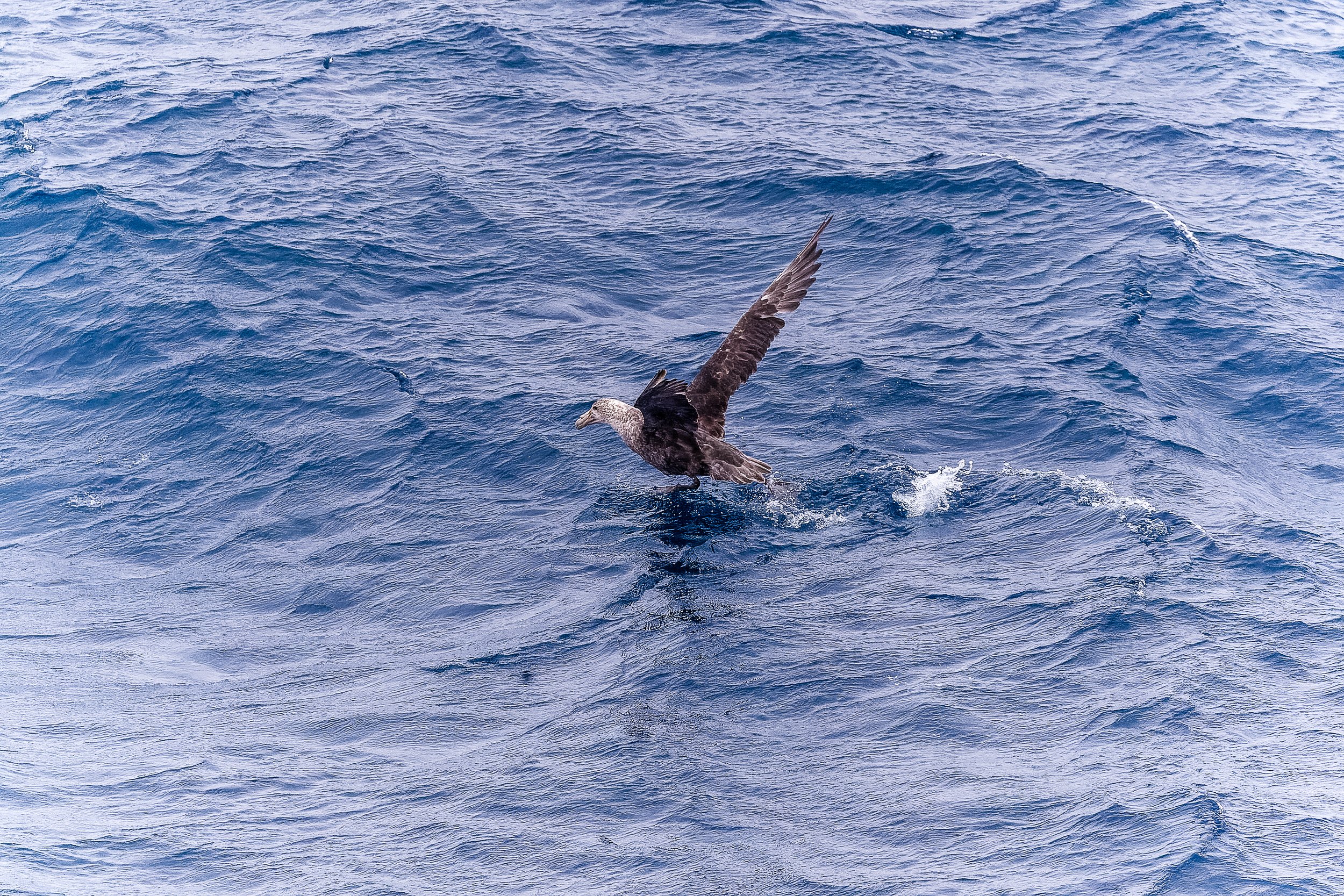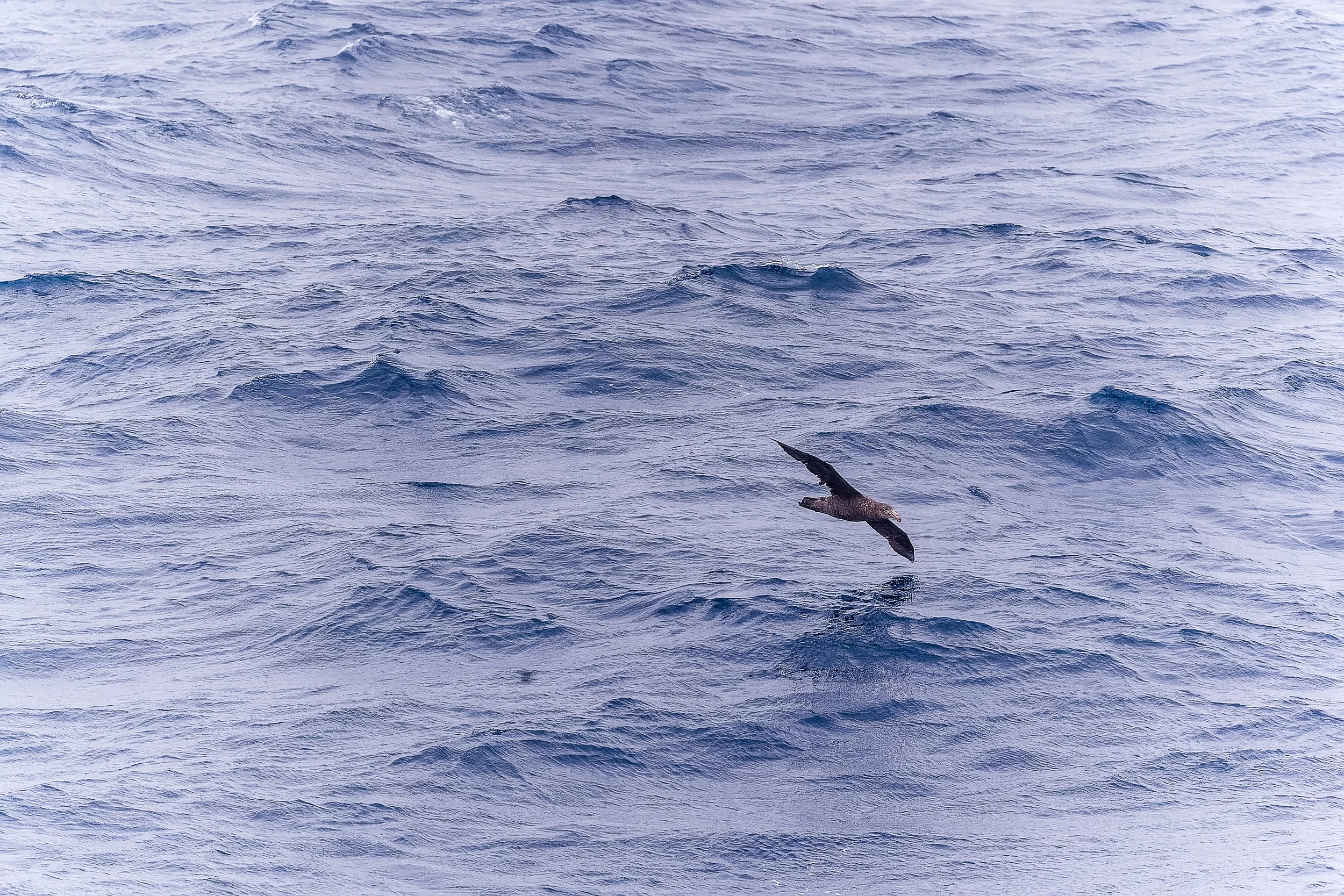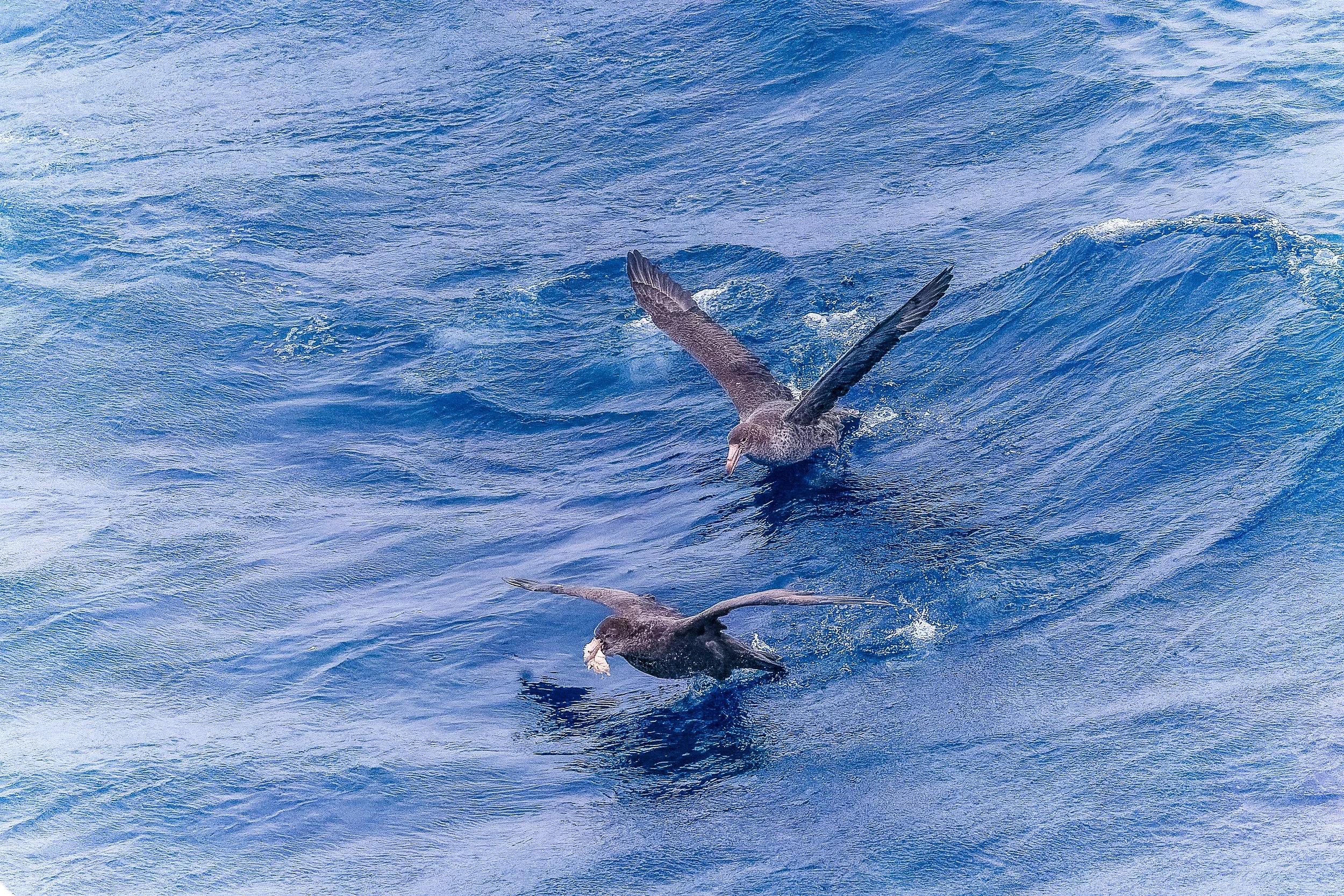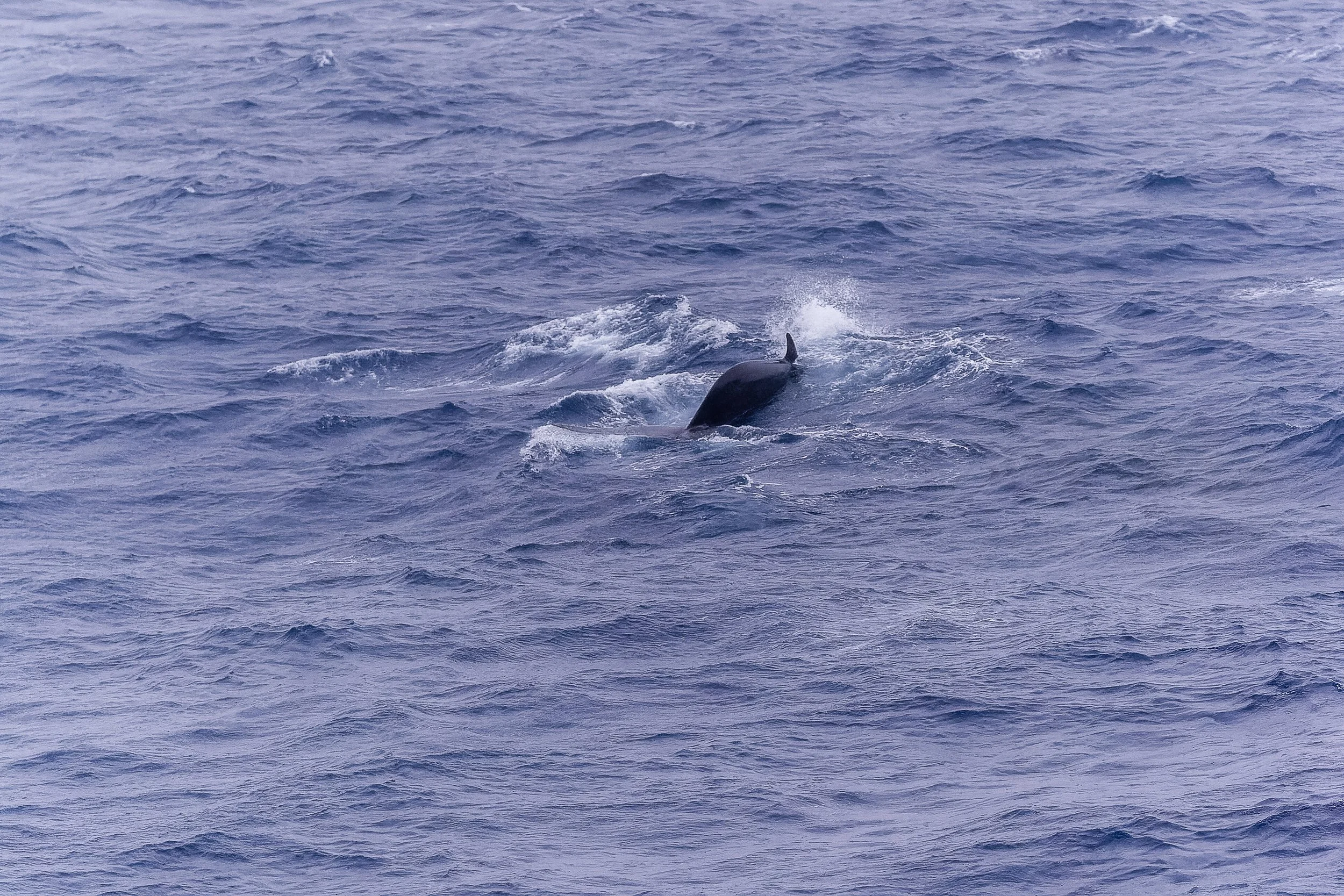Southern Ocean
Between leaving the Drake Passage and reaching the Antarctic Peninsular, you spend some time in the Southern Ocean. Occasionally called the Antarctic Ocean, this body of water is generally considered to be anything inside the southern 60th parallel.
Experience
There was some excitement as someone saw a whale, but it was only one person. Later in the day we started seeing a few Albatross and Northern Great Petrels. It became very cold with the wind and some rain. I found my sunglasses were hugely useful against the wind.
Keeping us busy during our time at sea before the land was in sight, the expedition crew had us involved in the Citizen Science project, conducting a Sea Bird Survey. The simple answer was there was a lots of birds.
Often there was no one else outside when the weather was bad, but I stood there in rain, icy sleet, trying to keep my feet bouncing on the waves. I was at one point called into the Bridge, it was very quiet, well insulated, clean windows with wipers keeping watch out over the waves. Strangely it felt too luxurious for the trip. I should be in the cold.
With the ongoing cloud cover my ISO was pushed very high to maintain a f8 and 1/3200 shutter speed to capture the wildlife sharply.
Wildlife
Northern Great Petrel
Black Browed Albatross
Fin Wales
We saw some Whales during our time out on the water. Three Fin Wales swimming together, and we even saw their poop, leaving a trail in the water. I went up one level and got a better view. They don’t leap like humpbacks and only popped up above the water. The sonar told us later we’d only seen a small part of their pack.
Location
It was 00:40 when we passed into Antarctica. This means crossing the convergence, or going past the 60 degree line South. The weather was only about five degrees and grey for much of the passage.
